Tips for integrating zero-point workholding systems
In an article published this month in Shop Metalworking Technology magazine, John Zaya, our workholding
product manager, discusses the introduction of zero-point workholding like Unilock to the shop floor. He also gets into specifics on how these systems work and why they help increase efficiency.
In the article titled “Are You Ready for Zero-Point Clamping?”, John writes, “Finding smarter ways to hold the workpiece, especially in the age of multi-axis machining, is becoming more of a difference maker than ever.”
Some of the benefits identified of zero-point workholding systems are:
- Impeccable accuracies and strength while allowing for extreme modularity and quick changing of fixtures/parts
- Setup time is reduced creating additional capacity
- More than just a setup accelerator, zero-point can speed up in-process times
He emphasizes that many times customers make the mistake of waiting too long before they invest in zero-point workholding systems: “We find that it’s not typically until the setup cost reaches a tipping point, generally 20 to 25 percent of the total cost to manufacture a part, i.e. hours/day and minutes/fixture, that we see customers inquiring about a change to zero-point. That’s a long time to wait and a lot of efficiency to lose.”
John goes on to provide useful tips for setting up and integrating this type of system with existing equipment by diving into topics like correct chuck selection and layout.
This reliable and efficient method of holding workpieces is a proven way of reducing cost and cycle time. Who doesn’t want that? To find out more about zero-point workholding systems and how to integrate them with existing equipment, click here to read what John had to say. You can also learn more about how our zero-point solution, Unilock, specifically works by clicking here.

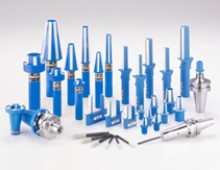
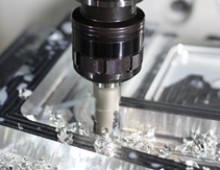
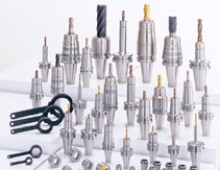
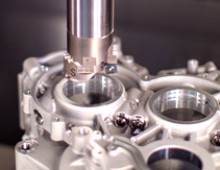
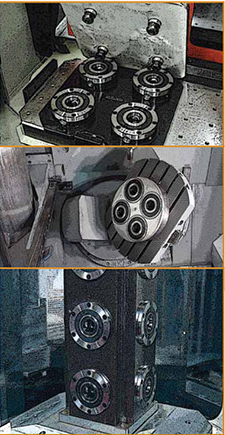
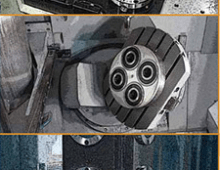
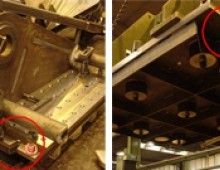
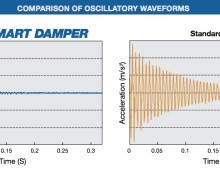
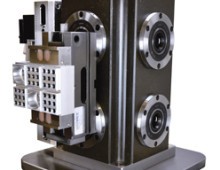
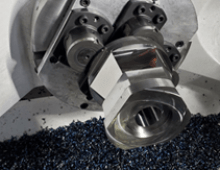
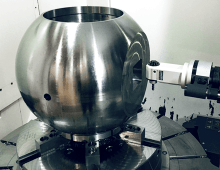
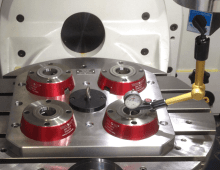
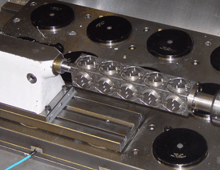
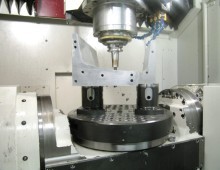
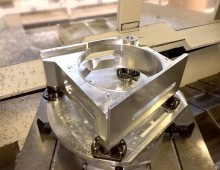

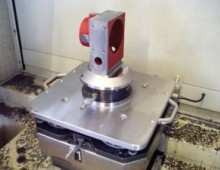
Did you find this interesting or helpful? Let us know what you think by adding your comments or questions below.